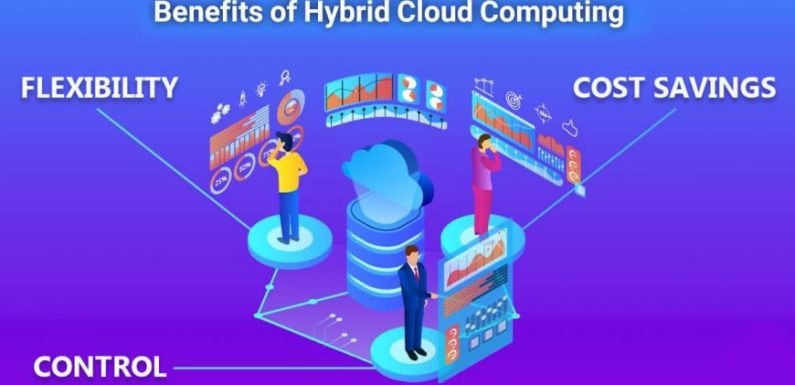
Rapid adaptation and change: Your business will gain a lot from greater agility if you successfully build a hybrid cloud. Because of the accessibility of these resources, new applications may be supported, space for testing and development can be made accessible, and sudden demands can be rapidly supplied. If all went according to plan, workloads could be transferred quickly between on-premises and cloud sites and resources from several locations might be effectively used. When talking of the hybrid cloud benefits, here are some you need to be aware of.
First of hybrid cloud benefits: Elasticity
The need for resources may change greatly across various sorts of businesses. This is especially evident in the retail industry, which experiences a surge in activity just before the December holidays. If you choose the hybrid cloud path, you can quickly adapt to changes in resource demand. Similar to how resource requirements for various applications vary greatly. These programmes need a “grab” and “release” setting where resources may be seized and allocated as necessary. This helps to bring down the overall cost.
Self-service is a Major One
Developers and managers of line-of-business operations may have access to IT infrastructure and services via a self-service portal if a hybrid cloud is built and managed effectively. By relieving IT of the intermediary function, this not only allows them quick access to the services but also lessens the workload on it.
Quicker introduction of new goods and services
Your company and development teams may be helped by hybrid cloud computing to overcome challenges, enabling you to sell new goods and services more swiftly. Software developers and quality assurance engineers have greater access to the resources they require at the precise moment they are needed, which speeds up the development and deployment of new digital services.
Budgeting is necessary
The most effective functioning of any particular application is made possible by hybrid cloud models, which reduce up-front expenses related to setting up and maintaining appropriate hardware and datacenters. It is best to design datacenters to handle peak loads rather than only adding cloud resources as necessary to handle peak loads and having infrastructure sit idle for the most of the time. On demand, more cloud resources may be created.
Avoiding getting trapped
If you wish to operate your company exclusively in the cloud, it will be quite difficult to avoid depending on only one or two cloud service providers. You should use care while moving data from datacenters to the cloud due to the high cost of data retrieval.
The ability to use cutting-edge technology
Companies cannot afford to be at a disadvantage in the competitive business climate of today because they lacked the resources to quickly embrace new technology. AI applications are a fantastic illustration of this. Large public clouds are driving significant technological advancements and providing services that are in direct competition. You may seize chances with the most advanced technologies at your disposal with a hybrid cloud architecture.
Conclusion
According to a recent survey on cloud strategy leadership undertaken by some of the most well-known experts in the sector, leading cloud providers provide security that is equal to or greater than that of the overwhelming majority of corporate data centres. Companies are no longer required to utilise security as the major criterion for determining whether or not to employ public cloud services.

